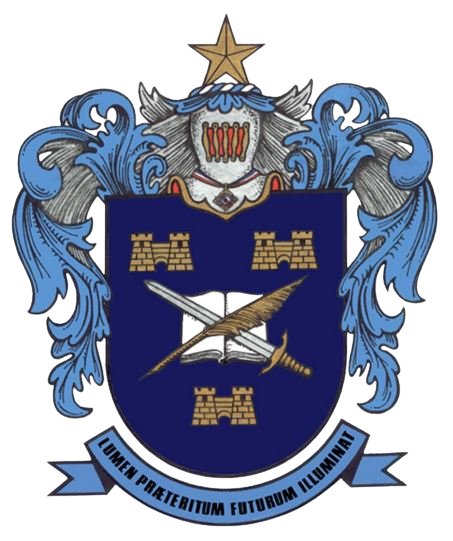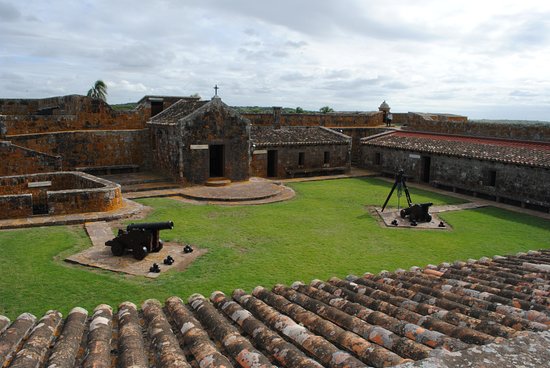Welcome to Departament of Historical Studies of the E.M.E.


The ground surrounding San Miguel fortress
Outside the fort’s walls, you can visit three sites: the Camposanto, a cemetery with an ossuary for decomposing bodies due to rocky terrain; La Guardia Perdida, a mysterious advanced guard post with sacrificial living conditions; and Cerro Picudo, a hill offering unchanged views and communication signals from the fort..

Chaplain’s chamber
This room showcases national military awards, badges, and ranks of the Army, along with foreign military awards related to our military history. Notable items include Cisplatina Province decorations, Argentine medals, and a valuable collection of epaulets and colorful plumes. A collection of military miniatures highlights the history of the National Army uniform, reminiscent of «lead soldiers.

Officer’s Quarters
This section presents the history of the fort from its Portuguese foundation, initially with two bastions and constructed primarily of wooden stakes, mud, and rough stones. Notable features include a stone oven and counter used for preparing officers’ meals in this remote area.

Officers kitchen
This exhibit provides a historical overview of the fort from its Portuguese origins, when it had only two bastions and was built mainly with wooden stakes, clay, and rough stones. Notable items include a stone oven and countertop used for preparing meals for the officers in this eastern sector of the fort.

Commander’s quarters
This spacious room, located next to the curtain between the East and South bastions, displays uniforms from the country’s inception to present day. It highlights the historical military tradition units of the National Army, showcasing their evolution over time.

Gunpowder magazine
Adjacent to the Commander’s chamber, this windowless chamber features a special ventilation system to prevent humidity, essential for storing gunpowder. It also exhibits items from its use as a powder depot and commemorates the fort’s restoration efforts, including the role of historian Arredondo.

Chapel
Every military building of this era has a chapel. Located between the South and West bastions, it is small but richly adorned. Translucent alabaster windows create a unique lighting effect, while the austere altar features an 18th-century image of Saint Michael and liturgical elements.

Troop kitchen
Located next to the chapel, this kitchen has two entrances for ventilation and lighting. It features a central stove with grills, a cauldron, and stone tables with replicas of period cooking utensils. Displayed items include boilers and knives, and a mannequin represents the young kitchen helpers of the Spanish army.

Troop barracks
Situated next to the curtain between the West and North bastions, this exhibit showcases a valuable collection of national military garments. It includes a striking red dolman with gold trim from a Spanish Army Hussar uniform.